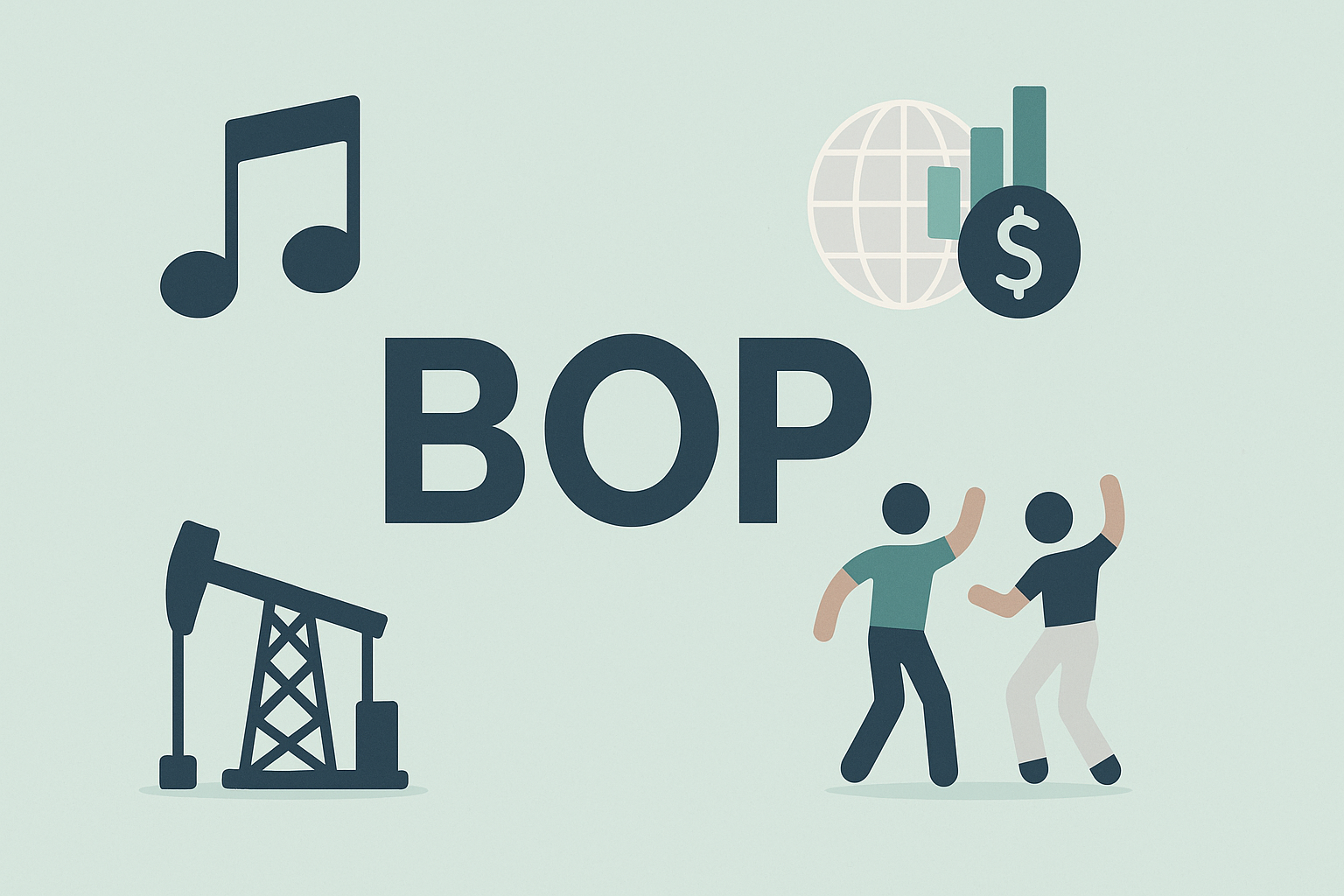China has thrown down the diplomatic gauntlet, accusing Washington of violating their much-publicized tariff truce. This latest spat—predictable as sunrise to those of us following this saga—adds another chapter to what's becoming the economic equivalent of a never-ending soap opera.
I've been tracking US-China trade tensions since they first exploded under the previous administration, and if there's one thing I've learned, it's that nothing ever truly gets resolved. Just temporarily paused.
The timing couldn't be more inconvenient for market watchers. Just when Wall Street had settled into a comfortable rhythm, believing it understood the parameters of the trade hostilities, Beijing drops this accusation. Now traders are scrambling to reassess risk calculations faster than commuters rushing for the last train home.
What's fascinating (and I've seen this pattern repeatedly) is how differently markets respond to accusations depending on which country is pointing fingers. When America accuses China of violations, markets tremble. When China makes similar claims about the US? A collective shrug. It's what you might call a credibility imbalance on the global stage.
Let's back up.
After months of tit-for-tat tariffs that sent procurement teams into panic mode and disrupted global supply chains from Singapore to Stuttgart, both sides eventually reached what optimistic observers labeled a "truce." In trade diplomacy, that's basically code for "we'll stop actively making things worse while pretending to work toward actual solutions."
These trade truces, much like "temporary" highway construction projects, have a peculiar way of becoming semi-permanent fixtures in the economic landscape.
The market response to these tensions has evolved dramatically. Back in 2018-2019, a single presidential tweet could send stocks plummeting. Now? Maybe a slight dip and collective sigh. This isn't because the economic stakes have diminished—they've actually increased—but because investors have developed what you might call "trade war calluses." Like New Yorkers who no longer hear car alarms, the market has simply adapted to the constant background noise.
The fundamental problem persists, unresolved and perhaps unresolvable in the current political climate. America demands structural changes to China's economic model that Beijing views as existential threats. Meanwhile, China wants technology access and market entry without the accompanying Western demands. This standoff isn't getting solved over a friendly dinner at the G20.
For companies caught in this crossfire, planning becomes a nightmare. Do they invest millions in Vietnam as a China alternative? Maintain redundant supply chains at enormous cost? One CEO I spoke with last month described it as "trying to play chess while someone randomly changes the rules every third move."
What happens next? Based on the pattern I've observed covering these disputes since they began, expect a familiar choreography: aggressive public statements, followed by quiet backroom negotiations, followed by a triumphant announcement of "progress" that changes little, followed by new disputes over implementation details. Wash, rinse, repeat.
Markets, meanwhile, will continue their strange relationship with trade headlines—important enough to monitor closely, but familiar enough that only truly shocking developments move prices significantly.
Look, the US-China economic relationship is simply too crucial to completely collapse, yet too complicated to fully harmonize. That uncomfortable middle ground—punctuated by accusations, counter-accusations, and periodic photo-op truces—is where we'll likely remain stuck for years to come.
And honestly? Both sides seem perfectly content with that arrangement, even if neither would ever admit it.




